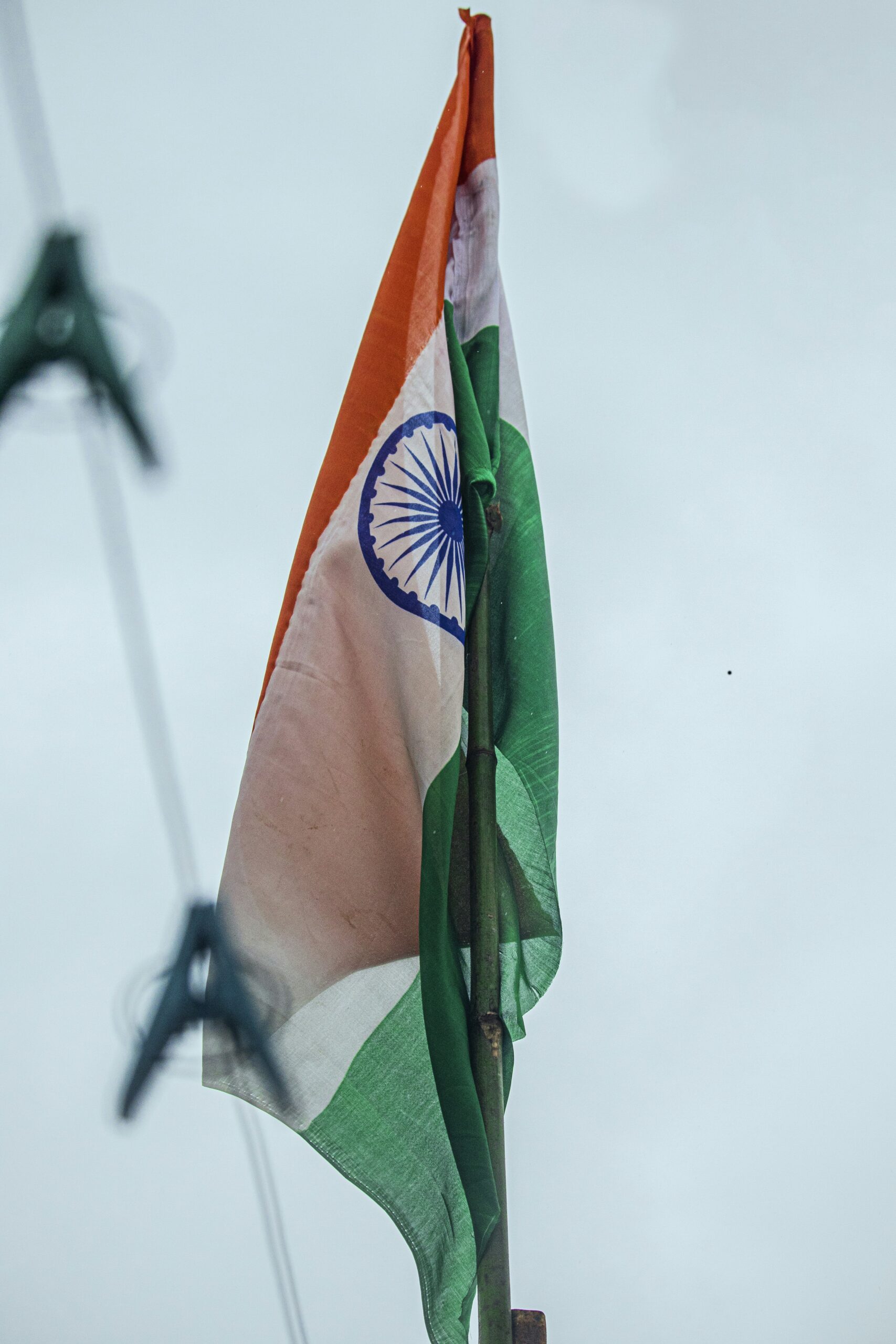
In a move that marks a significant departure from previous US policy, President Donald Trump has imposed a staggering 50% tariff on Indian imports, signaling a potential shift in America’s long-standing pivot towards Asia. This decision has not only strained relations with India but also prompted broader geopolitical repercussions.
Key Facts
- President Trump’s recent tariff imposition on Indian imports stands at 50%, one of the highest levied against any nation.
- The tariff is partly in response to India’s purchases of Russian oil amidst the ongoing conflict between Russia and Ukraine.
- China, despite purchasing more Russian oil than India, has temporarily escaped similar high tariffs from the US.
- This disparate treatment has led to speculations about a potential US shift away from its strategic focus on Asia.
Background
Historically, the relationship between the United States and India has been on an upward trajectory, with significant strengthening during the administrations of George W. Bush, Barack Obama, and initially under Donald Trump. The US has viewed India as a pivotal ally in balancing China’s growing influence in the Asia-Pacific region. This perspective fueled the formation of the Quadrilateral Security Dialogue, involving the US, India, Japan, and Australia, aimed at ensuring a free and open Indo-Pacific.
However, the relationship has soured under Trump’s administration, particularly with the new tariffs that match those previously imposed on Brazil, another country with significant trade interactions with the US.
Official Reactions
Milan Vaishnav, Director of the South Asia Program at the Carnegie Endowment for International Peace, describes the tariff imposition as the “most serious rupture in US-India relations in decades.” In response, India has accused the US of hypocrisy, pointing to America’s continued trade with Russia despite the sanctions and trade pressures applied to other nations.
Praveen Donthi, a senior analyst at the International Crisis Group, suggests that the crisis reflects not only policy disagreements but also a “clash of personalities” between Trump and Indian Prime Minister Narendra Modi.
What’s Next
The future of US-India relations remains uncertain, with both nations appearing to recalibrate their foreign policies. India, traditionally non-aligned, has been pushed towards seeking closer ties with other regional powers like Russia and China, potentially reviving the Russia-India-China trilateral cooperation that has been dormant since 2019.
Experts like Michael Kugelman from the Asia Pacific Foundation suggest that while a trilateral alignment may be symbolically important, the substantive benefits and the feasibility of significant cooperation remain questionable, particularly given the ongoing tensions between India and China.
As the situation develops, the global community remains keenly interested in whether these shifts signify a long-term change in American foreign policy or merely a temporary adjustment under Trump’s administration.